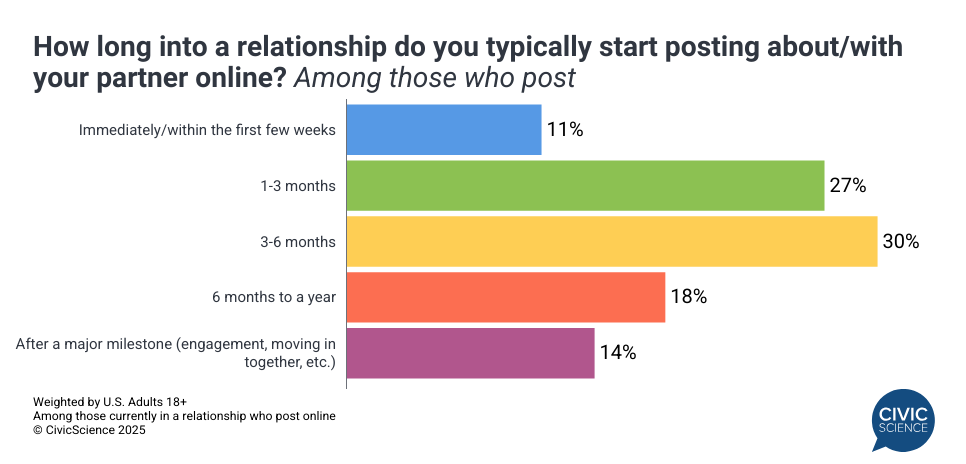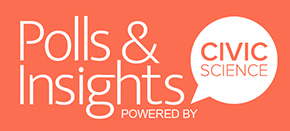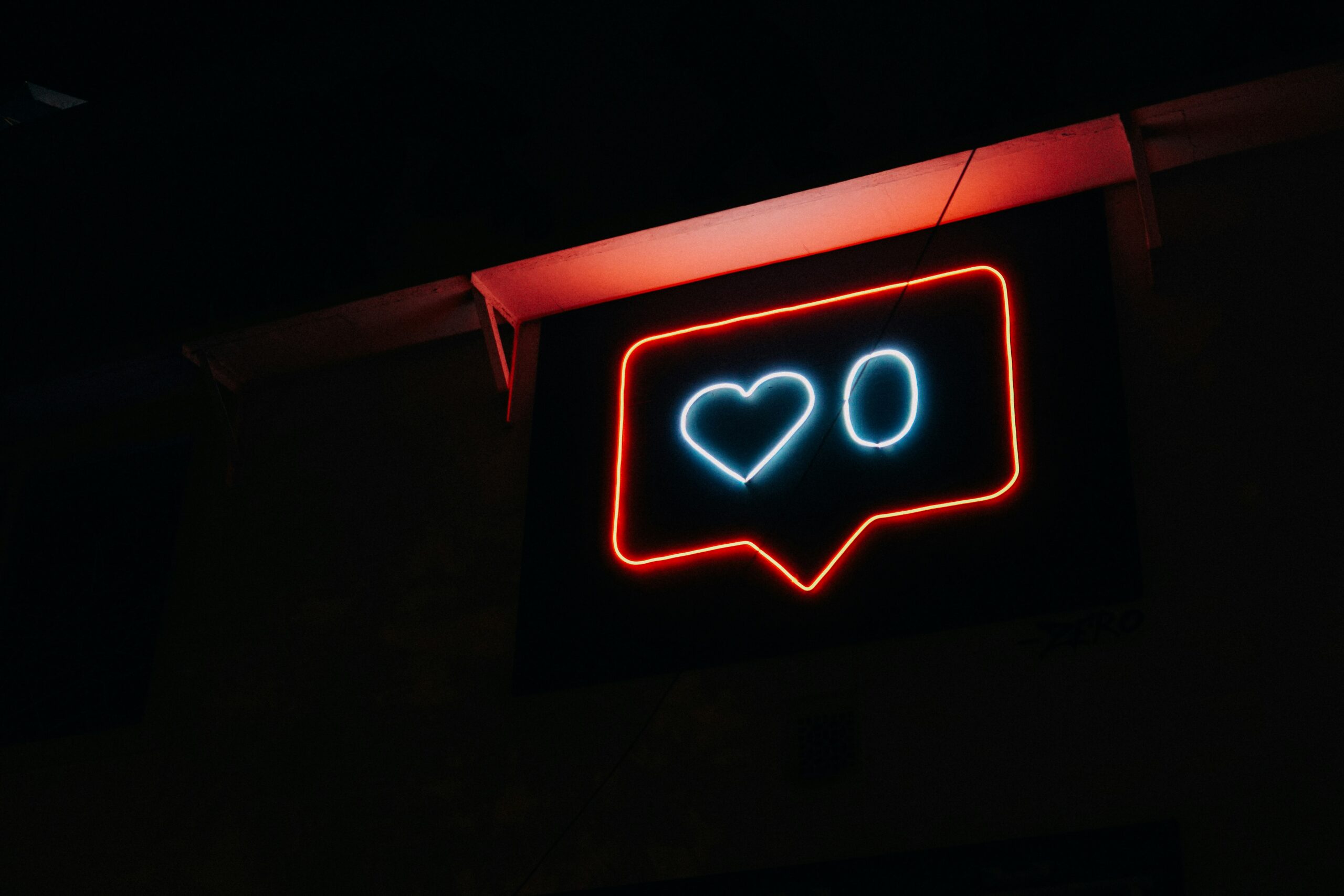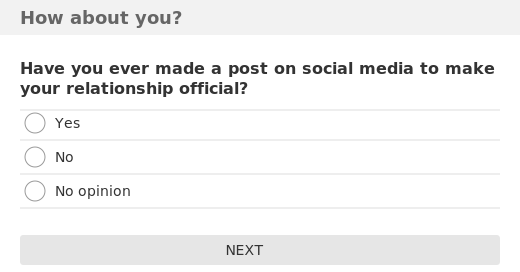A recent British Vogue article sparked a viral conversation by asking: “Is having a boyfriend embarrassing now?” Writer Chanté Joseph observed women online cropping their partners out of photos, using vague captions, choosing mystery over proud proclamations. The piece spawned thousands of TikToks and think pieces about whether modern romance has become something to hide rather than celebrate.
Joseph’s article struck a chord. And new survey data from CivicScience reveals just how widespread this behavior already is.
Fifty-three percent of U.S. adults currently in a relationship say they never post about their relationships online. Only 5% share immediately or within the first few weeks of dating. Among those who do post, 27% wait one to three months, and another 30% hold out for three to six months before going public.

The “soft launch” that Joseph identified isn’t an emerging trend—it’s already the default for most Americans. What makes the conversation so resonant is that it’s happening loudest among the minority who do post frequently, revealing a cultural recalibration in real time.
Where Relationship Posting Actually Lives
The age breakdown is exactly what you’d expect: younger Americans post more, older Americans post less. Only 12% of those under 25 never post about relationships, compared to 92% of those aged 65 and above. This isn’t surprising—it simply reflects who uses social media and how they use it.
What’s more revealing is looking at platform usage. Heavy social media users (those who spend 2 hours or more a day) are significantly more likely to share their romantic lives online, and the disparity is pronounced.
Among daily TikTok users, 20% never post about relationships. For those who don’t use TikTok at all, that number jumps to 76%—a fourfold difference. The pattern repeats with Snapchat and Instagram, where platform usage is the strongest predictor of whether someone will share relationship content.
Even more striking: 17% of daily TikTok users post about new relationships immediately or within the first few weeks—more than three times the overall average. For this group, relationship milestones are inherently shareable moments.
This context helps explain why the conversation around relationship posting resonates so strongly online. The people debating whether boyfriends are “embarrassing” are the same people who live on platforms where sharing is the cultural norm. Joseph’s article captured a shift happening within this specific community—a community that’s highly visible, highly engaged, and increasingly questioning their relationship to oversharing.
The Gender Gap (Or Lack Thereof)
Despite framing that suggests women are driving the shift toward more private relationships online, men and women show remarkably similar patterns when it comes to posting. The data show that 55% of men and 50% of women never post about their relationships—essentially, no difference.
Where they do differ slightly is in immediacy: 6% of women post immediately or within the first weeks compared to 4% of men. But these are subtle variations, not evidence of a trend.
What the Numbers Actually Tell Us
Joseph’s article struck a nerve because it identified a fundamental tension within a highly visible online subculture. The data confirms her observation while revealing its scope: this isn’t a universal shift—it’s a localized recalibration among heavy social media users who are discovering what the majority already practiced.
For the 53% of Americans in a relationship who never post about it, this was never a debate. They never saw their romantic lives as content to begin with. Many came of age before smartphones existed. Others are on social media but draw rigid boundaries around what they share.
The people posting cropped photos and vague captions aren’t pioneering privacy—they’re course-correcting from years of oversharing. They grew up documenting everything online and are only now arriving at what most people understood intuitively: not everything meaningful needs an audience.
Joseph captured the moment when chronically online people discovered the off switch. The data shows the rest of America was already there.
Love taking polls? Sign up to participate in the Poll of the Day here.
This article’s data comes solely from CivicScience’s database, which contains nearly 700,000 poll questions and 5 billion consumer insights.


